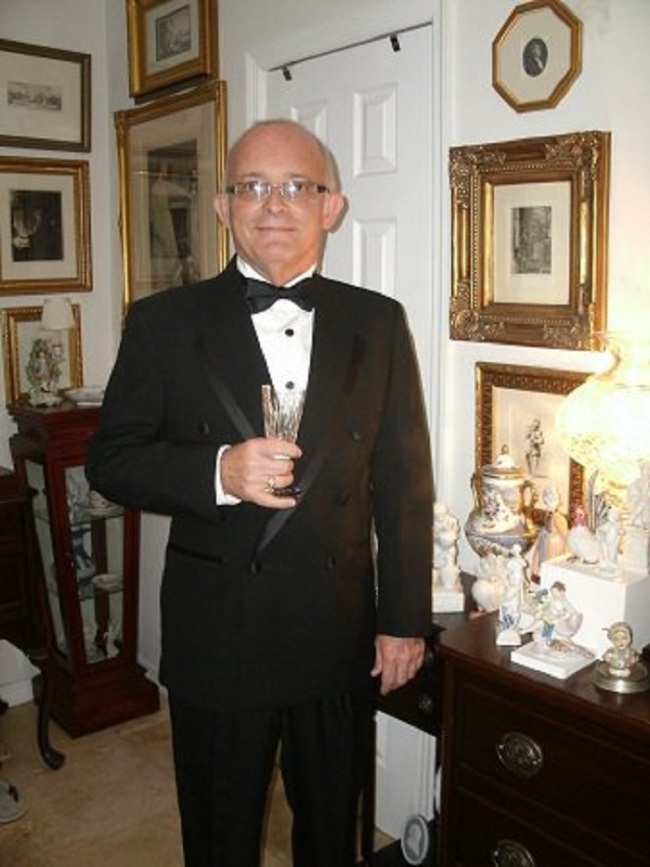Unlike a ” Brick and Mortal Gallery” , we reach out and sell via Cyber Space unlike a physical gallery where you never know who may walked in , if you are fortunate to be in New York City London , Paris or other better known Galleries Districts .
Over the Years we have sold to private collectors , dealers that are ” Major Players ” in their chosen areas of expertise and leading Museums globally and many notable public collections .
The joy of sharing that appreciation of beautiful created by artisans Fine Art , Porcelains d’ Art and other fine hand crafted items with others are indeed among the many joys of this profession .
Is this a Profession or Obsession , which ever you wish to call it !
I think every one from one time to another often wondered , if such loved items surviving for hundreds of years and have been collected , cherish , love and passed through time , ” What tales they could share with us as collectors and hopeless romantics perhaps” !
All through history ,the Upper classes followed the collecting- appreciation trends of the Royal families and the Nobility . So Many of the Early Masters were in fact patronized by them . The list included Rembrandt , Durer, Goya, among many artists The decorative arts included Meissen , Nymphemberg . Later in the British Isles Porcelains were patronized by the Royal family , where Derby became ” Royal Crown Derby ” Worcester become “Royal Crown Worcester ” .
Even with the ” Royal Patronization ” from many others did not capitalized on the ” Royal added to the Name of the Manufacture ” but were supplying ware to the Rich and the Royal Family and the Titled Crowd . Some included Wedgwood , Minton , Herend .(Herend was used-collected by both Queen Victoria and the Later Princess Diana .
Crystal were supplied to the Royals and Nobility were Baccarat perhaps the oldest , In the UK and the British Isles and North America Waterford Graced the private homes , The White House first with John F. Kennedy and Ronald Reagan “Biscuit Jar ” were the container for the Jelly Beans , Light Fixtures in Lincoln Center and so many more .
For many of us ofThe Middle Class we have ” Champagne Taste and a Beer
Budget “
We have been asked to share a couple of our most unusual days in the life of a Art and Antique Broker with our readers .
We recently were fortunate to work with a leading Museum in the North East on brokerage of a lovely Reginald Marsh etched work “Shave and A Hair Cut ” which was a great pleasure .
One Loving son ( of a Wedgwood Collector ) Purchased a Wedgwood Campaign Urn for the ashes of his late Mother and we shipped this over night to the mortuary … I will admit i will never look at these Urns the same ever again .
Yes we have sold these and others for the Final resting place for the Family’s Most Loved Pet .
Perhaps one of our best surprises most recently is , the sale of a Sterling Silver Card Case , Purchased by a Footman for the Royal Family at Buckingham Palace . Lets admit it is NOT Every day , you sell and ship a parcel to Buckingham Palace .
If the Card Case could talk . It was circa 1940′s in the Art Deco Style found it way into a Miami Flee Market in the 1980′s and sold by the owner and now a part of the life of a ” Royal Footman ” at Buckingham Palace .
In life if you are fortunate , No two days are ever the same
Only If these items could talk , have tales they could tell…. Please do take a tour of the wide area of Fine art and antiques for a feast of both your eyes and spirit.
http://stores.ebay.com/Candlewood-Yankee-Fine-Arts/_i.html?rt=nc&_dmd=2&_sid=645563163&_sticky=1&_trksid=p4634.c0.m14&_sop=3&_sc=1
James Stow & Anthony Yau
Candlewood Yankee Fine Arts

